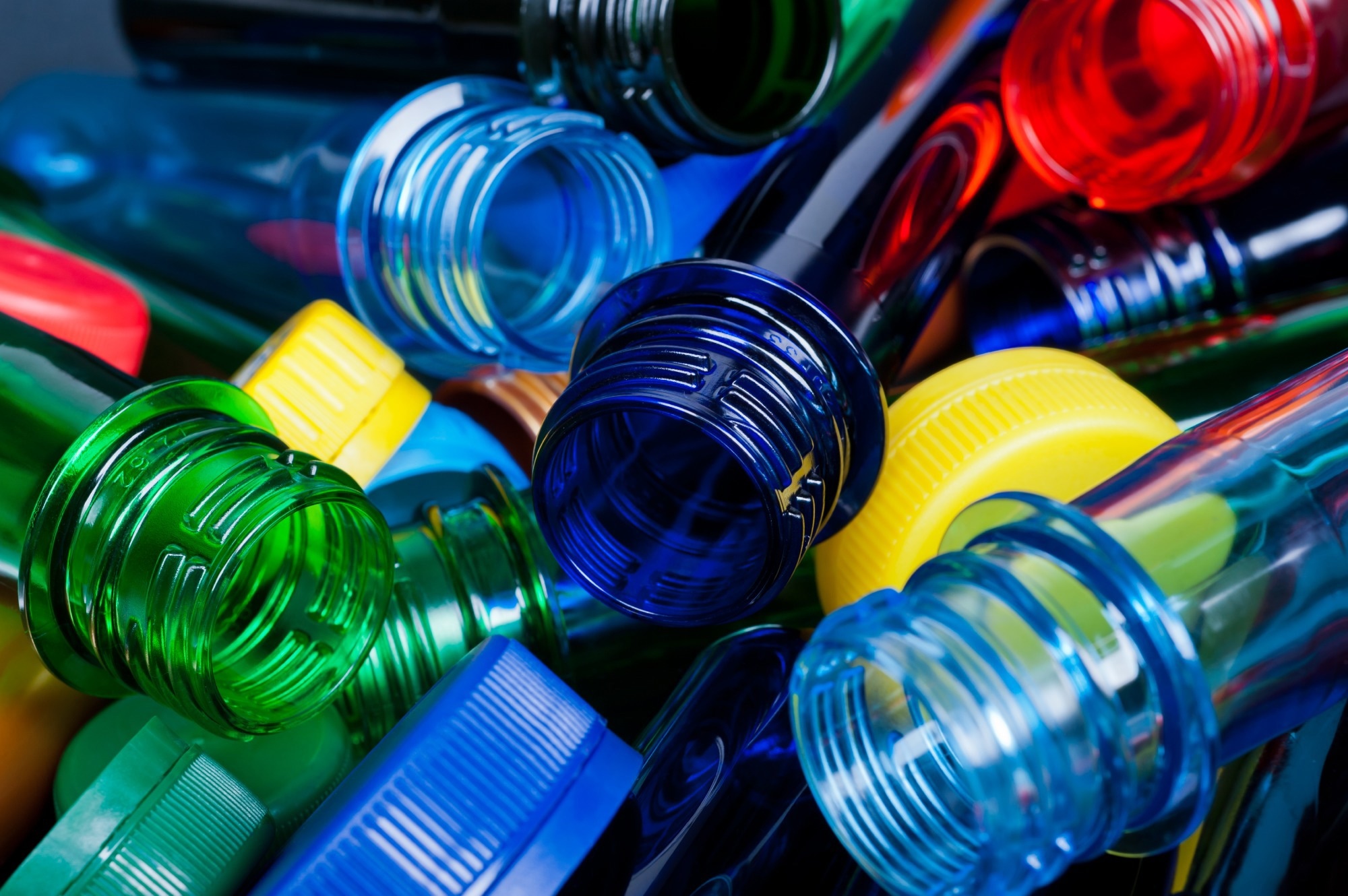Plastics pose one of the largest environmental problems of the present day, and developing new methods to recycle or reuse this ubiquitous material is considered imperative to preserve both the natural world and the health of human and animal species.

Image Credit: Dmitry_UA/Shutterstock.com
Moreover, finding new fuels and ways to transition away from traditional fossil-based energy sources and cut down greenhouse gas emissions in the move towards renewable and sustainable energy supplies is high on the agenda to help tackle the current climate crisis.
Recently, a team of researchers at the University of Cambridge has developed a system that is able to convert both plastic waste and greenhouse gases into a sustainable fuel using a solar-powered reactor.
Published in the journal Nature Synthesis, the team reports how the solar-powered system could play an important role in the energy transition and help mitigate the plastic pollution problem.
Converting waste into something useful using solar energy is a major goal of our research… Plastic pollution is a huge problem worldwide, and often, many of the plastics we throw into recycling bins are incinerated or end up in landfill.
Professor Erwin Reisner, Yusuf Hamied Department of Chemistry, University of Cambridge
Tunable Solar-Powered Recycling
By harnessing the energy from the sun, the system converts plastics and carbon dioxide (CO2) into useful products which hold value to various industries. While promising, existing solar-powered recycling techniques usually focus on only one aspect of addressing the plastic problem or recycling greenhouse gases that require large amounts of energy.
Yet, the novel innovation in this new technology paves the way towards combining both processes into a single system process by pairing solar-powered carbon dioxide conversion with plastic reforming.
A solar-driven technology that could help to address plastic pollution and greenhouse gases at the same time could be a game-changer in the development of a circular economy.
Subhajit Bhattacharjee, Co-First Author
Moreover, the solar-powered system is tunable by simply changing the type of catalyst used in the reactor, which enables the production of different products depending on the final result required.
During the early tests, the team was able to convert CO2 into syngas, a key building block in the development of sustainable liquid fuels, while plastic waste was transformed into glycolic acid, a commonly used ingredient by the cosmetics industry.
Towards a Circular Economy
Taking waste products and converting them into something useful rather than sending them to landfill sites or releasing them into the environment, which causes harm to the planet, is key to building a circular economy and addressing the climate crisis, which are important motivators for the Cambridge team.
The researchers built an integrated reactor split into two compartments: one for plastic and the other for greenhouse gases. Rather than using conventional silicon-based solar cells, the team opted to use perovskite, which is a promising alternative light absorber.
The perovskite-based photocathode enables the use of different CO2-reduction catalysts, which increases the overall potential of the system.
When testing the reactor under normal conditions, the team was able to demonstrate effective recycling of PET plastic bottles and CO2 conversion at a rate that exceeded traditional photocatalytic methods.
Generally, CO2 conversion requires a lot of energy, but with our system, basically you just shine a light at it, and it starts converting harmful products into something useful and sustainable… Prior to this system, we didn’t have anything that could make high-value products selectively and efficiently.
Dr. Motiar Rahaman, Co-Author
The team is aiming to advance their system in the future by developing the reactor further and producing even more complex molecules, which would expand the application use of the system. There is also the potential to scale up the system and eventually produce an entire solar-based powerplant.
References and Further Reading
Bhattacharjee, S. et al. (2023) Photoelectrochemical CO2-to-fuel conversion with simultaneous plastic reforming, Nature News. Nature Publishing Group. Available at: https://www.nature.com/articles/s44160-022-00196-0
Solar-powered system converts plastic and greenhouse gases into sustainable fuels (2023) University of Cambridge. Available at: https://www.cam.ac.uk/research/news/solar-powered-system-converts-plastic-and-greenhouse-gases-into-sustainable-fuels
Disclaimer: The views expressed here are those of the author expressed in their private capacity and do not necessarily represent the views of AZoM.com Limited T/A AZoNetwork the owner and operator of this website. This disclaimer forms part of the Terms and conditions of use of this website.